First Computer MH47CW Notebook Computer With 802.11b Wireless LAN User Manual MH47 English manual final
First International Computer Inc Notebook Computer With 802.11b Wireless LAN MH47 English manual final
Contents
- 1. Users manual 1
- 2. Users manual 2
- 3. Users manual 3
Users manual 1

Notebook User Guide
1
Copyright©2003
All Rights Reserved - Printed in Taiwan
Notebook Computer User Guide
Original Issue: 2003/10
This manual guides you in setting up and using your new notebook computer.
Information in this manual has been carefully checked for accuracy and is
subject to change without notice.
No part of this manual may be reproduced, stored in a retrieval system, or
transmitted, in any form or by any means, electronic, mechanical, photocopy,
recording, or otherwise, without prior written permission.
Trademarks
Product names used herein are for identification purposes only and may be the
trademarks of their respective companies.
Microsoft, MS-DOS, Windows, and Windows Sound System are trademarks of
Microsoft Corporation.
AMD, Athlon, AthlonXP are a registered trademark of AMD Coporation.
Sound Blaster, Sound Blaster Pro are trademarks of Creative Technology.
All other brands or product names mentioned in this manual are trademarks or
registered trademarks of their respective companies.

Notebook User Guide
2
FCC Information to User
Safety and Care Instructions
No matter what your level of experience with computers, please make sure you
read the safety and care instructions. This information can help protect you and
your computer from possible harm.
Radio and television interference
Warning: Use the specified shielded power cord and shielded signal cables
with this computer, so as not to interfere with radio and television reception. If
you use other cables, it may cause interference with radio and television
reception.
This equipment has been tested and found to comply with the limits for a Class
B digital device, pursuant to Part 15 of the FCC Rules. These limits are
designed to provide reasonable protection against harmful interference in a
residential installation. This equipment generates, uses and can radiate radio
frequency energy and, if not installed and used in accordance with the
instructions, may cause harmful interference to radio communications.
However, there is no guarantee that interference will not occur in a particular
installation. If this equipment does not cause harmful interference to radio or
television reception, which can be determined by turning the equipment off
and on, the user is encourage to try to correct the interference by one or more
of the following measures:
• Reorient or relocate the receiving antenna.
• Increase the separation between the device and receiver.
• Connect the device into an outlet on a circuit different from that to which
the receiver is connected.
• Consult the dealer or an experienced radio/television technician for help.

Notebook User Guide
3
You may find helpful the following booklet, prepared by the Federal
Communications Commission: Interference Handbook (stock number 004-
000-00345-4). This booklet is available from the U.S. Government Printing
Office, Washington, DC20402
Warning: The user must not modify or change this computer without
approval. Modification could void authority to this equipment.
FCC RF Exposure
FCC RF Radiation Exposure Statement:
This Transmitter must not be co-located or operating in conjunction with any
other antenna or transmitter.
This equipment complies with FCC RF radiation exposure limits set forth for
an uncontrolled environment. This equipment should be installed and operated
with a minimum distance of 20 centimeters between the radiator and your
body.
15.247 (b)(4), the EUT meets the requirement that it be operated in a manner
that ensures the public is not exposed to radio frequency energy levels in excess
of the Commission’s guidelines (1.1307, 1.1310, 2.1091 and 2.1093)
Canadian Department of Communications Compliance
Statement
This Class B digital apparatus meets all requirements of the Canadian
Interference-Causing Equipment Regulations.
Shielded Cables Notice
All connections to other computing devices must be made using shielded
cables to maintain compliance with FCC regulations.
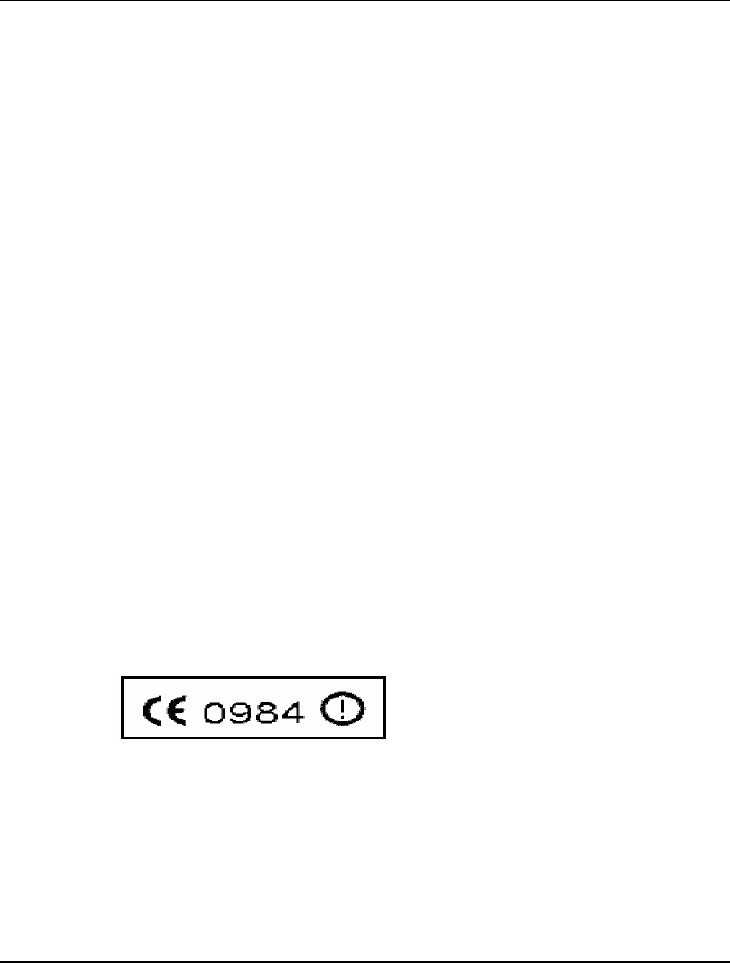
Notebook User Guide
4
Peripheral Devices Notice
Only peripherals (input/output devices, terminals, printers, etc) certified to
comply with Class B limits may be attached to this equipment. Operation with
non-certified peripherals is likely to result in interference to radio and TV
reception.
Optical Disk Drive Notice
The optical disk drive is Class 1 Laser Product.
Caution
Changes or modifications not expressly approved by the manufacturer may
void the user’s authority, which is granted by the Federal Communications
Commission, to operate this computer.
Use Conditions
This part complies with Part 15 of the FCC Rules. Operation is subject to the
following conditions: (1) this device may not cause harmful interference, and
(2) this device must accept any interference received, including interference that
may cause undesired operation.
European Notice
For the following equipment: Notebook PC
is herewith confirmed to comply with the requirements set out in the
Council Directive on the Approximation of the Laws of the Member
States relating to Electromagnetic Compatibility (89/336/EEC), Lowvoltage
Directive (73/23/EEC) and the Amendment Directive

Notebook User Guide
5
(93/68/EEC), the procedures given in European Council Directive
99/5/EC and 89/3360EEC.
The equipment was passed. The test was performed according to the
following European standards:
EN 300 328-2 V.1.2.1 (2001-12)
EN 301 489-1 V.1.3.1 (2001-09) / EN 301 489-17 V.1.1.1 (2000-09)
EN 50371: 2002
EN 60950: 2000
802.11b Restrictions:
- European standards dictate maximum radiated transmit power of 100mW
EIRP
and frequency range 2.400-2.4835GHz;
- In France, the equipment must be restricted to the 2.4465-2.4835GHz
frequency range and must be restricted to indoor use."
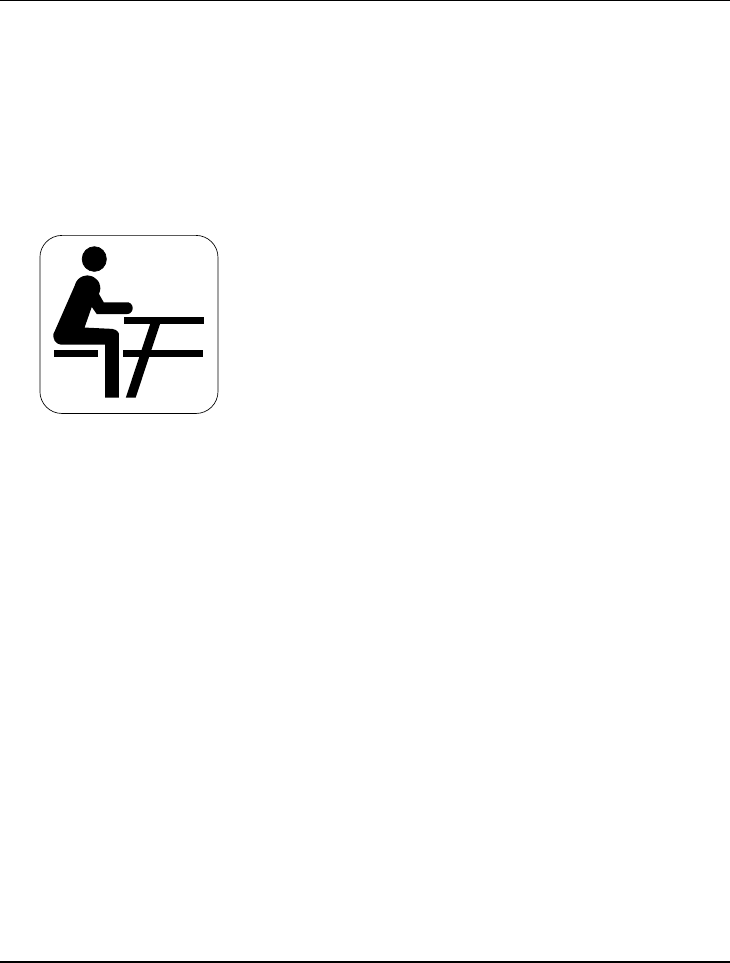
Notebook User Guide
6
About Your Notebook Computer
Congratulation for having purchased your new Professional
Multimedia Notebook. This notebook incorporates the
strongest features, which integrate the latest technologies
available in the notebook industry.
Your new notebook computer not only drives today
multimedia applications but also be ready for tomorrow
exciting new software.
This Professional Multimedia Notebook is a freedom,
flexibility, and functionality notebook that users are demanding
for a long time.
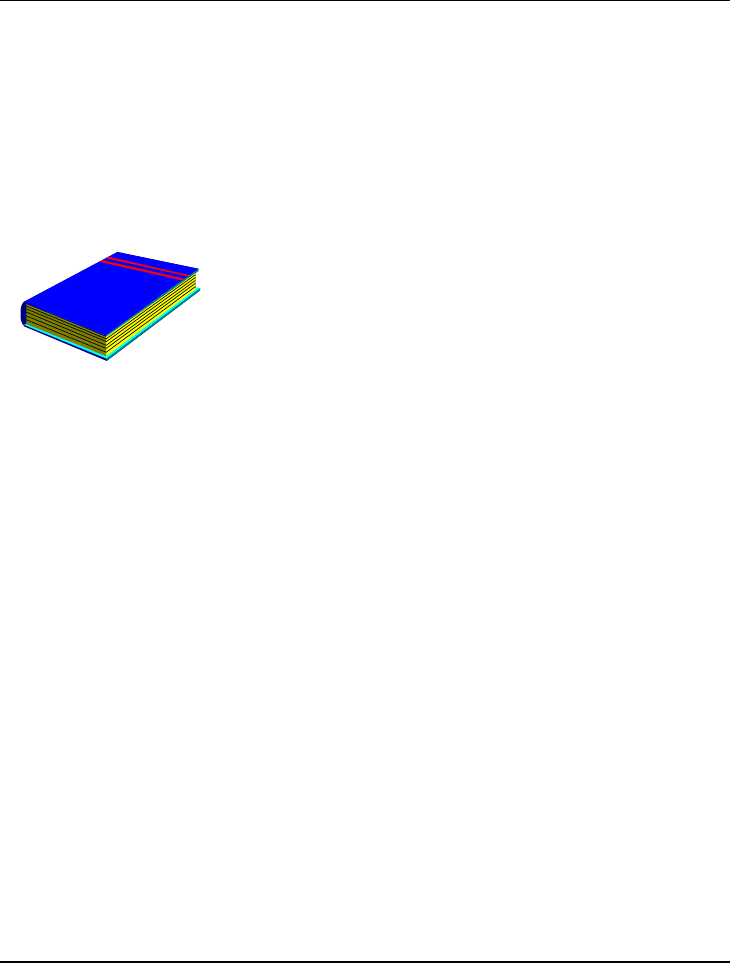
Notebook User Guide
7
About Your User Guide
Welcome to your Professional Multimedia Notebook User
Guide. This manual covers everything you need to know in
learning how to use your computer. This manual also assumes
that you know the basic concepts of Windows and the PC. You
will start doing a lot of great and fun things with your computer.
This manual is divided into seven chapters.
Chapter 1 gives introduction on your computer features.
Chapter 2 provides step-by-step instructions to help you begin
using your notebook as quickly as possible.
Chapter 3 describes how to operate the standard features of
your computer.
Chapter 4 illustrates how to integrate video and sound chips
into impressive presentation.
Chapter 5 illustrates how to connect external device to your
computer.
Chapter 6 explains how to use the System BIOS Setup
program.
Chapter 7 explains how to use the internal module options of
your computer.
Chapter 8 offers instructions on how to care and maintain
your notebook.
Table of Contents

Notebook User Guide
8
ABOUT YOUR NOTEBOOK COMPUTER..................................................................6
ABOUT YOUR USER GUIDE.........................................................................................7
1 INTRODUCTION ...................................................................................................15
1.1 FEATURE HIGHLIGHT ..............................................................................................16
1.2 UNPACKING THE COMPUTER ..................................................................................18
1.3 THE INSIDE OF THE NOTEBOOK ..............................................................................20
Power/Wireless LAN/Mail Status Icons.................................................................22
Status LED Icons ...................................................................................................23
The Function of Easy Buttons................................................................................25
1.4 THE FRONT SIDE OF THE NOTEBOOK ......................................................................26
1.5 THE REAR SIDE OF THE NOTEBOOK........................................................................28
1.6 THE LEFT SIDE OF THE NOTEBOOK.........................................................................30
1.7 THE RIGHT SIDE OF THE NOTEBOOK.......................................................................32
1.8 THE UNDERSIDE OF THE NOTEBOOK.......................................................................33
1.9 NOTEBOOK ACCESSORIES.......................................................................................34
1.10 NOTEBOOK OPTIONS ..............................................................................................35
2 GETTING STARTED .............................................................................................37
2.1 USING THE BATTERY PACK ....................................................................................38
Extending Battery Life ...........................................................................................41
2.2 CONNECTING THE AC POWER SOURCE...................................................................41
2.3 STARTING YOUR COMPUTER ..................................................................................43
2.4 ADJUSTING THE DISPLAY CONTROLS......................................................................44
2.5 INSTALLING THE NOTEBOOK DEVICE DRIVERS.......................................................44
Installing Windows XP from Optical Disk Drive...................................................44
Installing the AGP Driver......................................................................................45
Installing the VGA Device Driver..........................................................................45
Installing the IDE Device Driver...........................................................................46
Installing the Audio Device Driver........................................................................46

Notebook User Guide
9
Installing the Modem Device Driver......................................................................47
Installing the LAN Device Driver ..........................................................................47
Installing the FIR (Fast IR) Device Driver ............................................................48
Installing the PCMCIA Device Driver...................................................................48
Installing the Keyboard Controller Driver ............................................................49
Installing the Synaptics – Touch Pad Driver.........................................................49
Installing the 4 in 1 CardReader Driver................................................................50
Installing the Wireless LAN Device Driver............................................................50
Installing the Wireless LAN Device Utility ............................................................51
Installing the Wireless Mouse Device Driver.........................................................51
Installing EzMail Light Driver...............................................................................52
2.6 TURNING OFF YOUR COMPUTER .............................................................................52
3 USING YOUR NOTEBOOK ..................................................................................53
3.1 STARTING YOUR OPERATING SYSTEM ....................................................................54
3.2 UNDERSTANDING THE KEYBOARD FUNCTIONS .......................................................54
Basic Keyboard Functions.....................................................................................57
Cursor Control Keys ..............................................................................................59
Screen Control Keys...............................................................................................59
Windows Hot Keys .................................................................................................60
Special Function Keys............................................................................................60
3.3 USING THE GLIDE PAD AND WIRELESS MOUSE .......................................................61
3.4 CONFIGURING YOUR SCREEN DISPLAY ...................................................................63
Possible Display Configurations............................................................................64
Changing the Display Properties under Windows.................................................65
3.5 KNOWING THE POWER SAVING FEATURES ..............................................................65
3.6 WORKING WITH THE BUILT-IN HDD .......................................................................66
3.7 HOW TO ACCESS THE OPTICAL DISK DRIVE............................................................67
3.8 USING PCMCIA CARDS .........................................................................................69
What is PCMCIA?..................................................................................................69
What is CardBus? ..................................................................................................71

Notebook User Guide
10
Inserting and Removing a PCMCIA Card .............................................................71
Making PC Cards Work.........................................................................................73
Notice for Hot Swapping PC Cards.......................................................................74
3.9 USING FLASH MEMORY CARDS ..............................................................................74
What is Flash Memory Card?................................................................................74
3.10 USING U-DISK ........................................................................................................76
What is U-Disk?.....................................................................................................76
Inserting U-Disk ....................................................................................................76
Removing U-Disk...................................................................................................77
4 FUN WITH MULTIMEDIA..........................................................................................78
4.1 NOTEBOOK MULTIMEDIA FEATURES ......................................................................79
4.2 AUDIO SOUND SYSTEM FEATURES .........................................................................79
4.3 SETTING UP THE AUDIO DRIVER PROPERTIES.........................................................80
4.4 WINDOWS MULTIMEDIA PROGRAMS ......................................................................80
4.5 RECORDING SOUNDS ..............................................................................................81
Using an External Microphone .............................................................................84
Using the Built-in Optical Disk Drive ...................................................................84
4.6 PLAYING AUDIO AND SOUND..................................................................................85
Using the Windows Media Player..........................................................................86
4.7 PLAYING VIDEO AND MPEG FILES .........................................................................86
4.8 USING DVD............................................................................................................87
5 CONNECTING TO PERIPHERALS....................................................................89
5.1 USING THE USB PORT ............................................................................................90
5.2 USING AN EXTERNAL KEYBOARD (PS/2)................................................................90
5.3 USING AN EXTERNAL MONITOR PORT ....................................................................91
5.4 USING THE IR PORT................................................................................................93
5.5 USING THE TV PORT ..............................................................................................94
5.6 USING THE IEEE 1394 PORT ..................................................................................95
5.7 USING THE EXTERNAL AUDIO SYSTEM ...................................................................96

Notebook User Guide
11
5.8 USING THE LAN PORT ............................................................................................96
5.9 USING THE WIRELESS LAN (BTO) .........................................................................97
5.10 USING THE MODEM PORT .......................................................................................98
6 CUSTOMIZING YOUR NOTEBOOK .....................................................................99
6.1 RUNNING THE BIOS SETUP PROGRAM..................................................................100
6.2 USING THE MAIN MENU SETUP.............................................................................102
6.2.1 Internal HDD Sub-Menu................................................................................104
6.3 USING THE ADVANCED CMOS SETUP ..................................................................104
6.3.1 I/O Advanced Chipset Control Sub-Menu...................................................106
6.3.2 I/O Device Configuration Sub-Menu ..........................................................107
6.4 SECURITY MENU SETUP........................................................................................108
6.5 USING THE BOOT SETUP .......................................................................................110
6.6 HOW TO EXIT THE SETUP PROGRAM .....................................................................111
6.7 HOW TO UPGRADE THE BIOS ...............................................................................112
7 SYSTEM UPGRADE ............................................................................................115
7.1 SYSTEM UPGRADE ................................................................................................116
Memory Upgrade Procedures..............................................................................116
Installing Memory Module...................................................................................117
7.2 WIRELESS MODULE INSTALLATION ......................................................................118
8 CARING FOR YOUR NOTEBOOK ...................................................................119
8.1 IMPORTANT SAFETY INSTRUCTIONS......................................................................120
8.2 CLEANING YOUR COMPUTER ................................................................................123
8.3 MAINTAINING THE LCD QUALITY.........................................................................123
8.4 MAINTAINING YOUR HARD DISK ..........................................................................124
8.5 BATTERY CARE GUIDELINES.................................................................................124
8.6 WHEN YOU TRAVEL .............................................................................................125
APPENDIX A HARDWARE SYSTEM INFORMATION .......................................127

Notebook User Guide
12
SYSTEM SPECIFICATION ........................................................................................128
Processor Unit.............................................................................................................128
System Memory............................................................................................................128
LCD Display................................................................................................................128
VGA System .................................................................................................................128
Storage.........................................................................................................................129
Audio System ...............................................................................................................129
PCMCIA ......................................................................................................................129
Pointing Device ...........................................................................................................130
Keyboard .....................................................................................................................130
Flash BIOS ..................................................................................................................130
I/O Ports ......................................................................................................................130
Infrared Port................................................................................................................131
AC/DC Power Supply Adapter ....................................................................................131
Battery .........................................................................................................................131
Weight and Dimension.................................................................................................131

Notebook User Guide
13
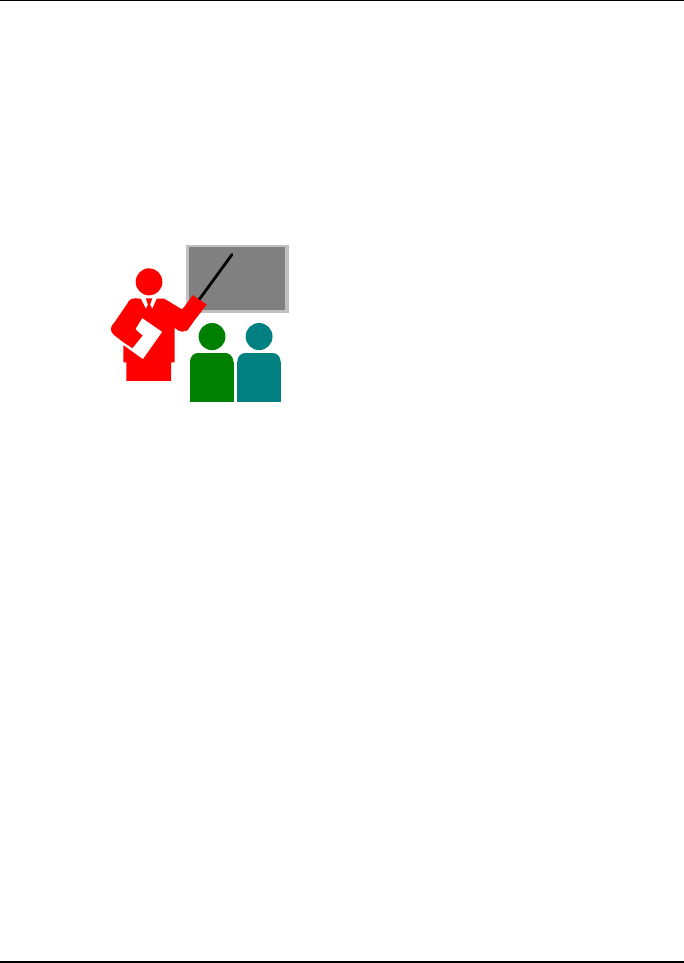
Introduction1
15
1 Introduction
Your Notebook PC is a fully Windows
compatible portable personal computer. With
the latest features in mobile computing and
multimedia technology, this notebook makes an
entertainment companion. With leap of
technology, your Notebook PC runs on a whole
wide range of general business, personal
productivity, entertainment, and professional
applications.
Your Notebook PC makes an ideal choice for
use in the office, the schoolroom, at home, and
all other occasions.

Notebook User Guide
16
1.1 Feature Highlight
Before we go to identify each part of your Notebook PC, we will first
introduce you to other notable features of your computer.
Processing Unit
• Your notebook runs on AMD Mobile AthlonXP microprocessor.
There are integrated with 512 KB L2 Cache. Check with your dealer
on the CPU type and speed.
• Fully compatible with an entire library of PC software based on
operating systems such as Windows XP/Win 2000.
Wide Screen LCD Display
Provides extraordinary 15.4" wide screen LCD display. It is the best
choice for you to watch DVD movie.
Wireless LAN
Built-in Mini PCI Wireless LAN module (BTO)
Memory
This notebook provides two memory slots for installing DDR SDRAM
200-pin SODIMM modules up to 2048MB using 256MB, 512MB or
1024MB DDR 333/400 SDRAM modules.
PCMCIA
Provides one PCMCIA slot that allows you to insert one Type II card.

Introduction1
17
IEEE 1394
Provides one IEEE 1394 port for fast data transmission by external hard
disk or digital video (DV)
USB 2.0
Provides three USB 2.0 ports for fastest I/O data transmission
AGP Local Bus Architecture
Provides blazing graphics controller with ATI chipset Mobility
RADEON 9600 Pro. AGP video local bus and 3D Graphic Engine with
maximum 64MB video memory
PCI Local Bus Architecture
• 32-bit PCI Enhanced IDE optimizes the data transfer between the
CPU and hard disk drives. Support ultra DMA100/133 PIO Mode
up to PIO Mode 4, bus mastering for LBA Scheme.
• 32-bit PCMCIA CardBus PCI technology that is also backward
compatible with 16-bit PC cards.
Audio System
Full-duplex 16-bit two speakers stereo audio system output. Sound
Blaster and Sound Blaster Pro compatible.
Flash BIOS
Flash BIOS allows you to easily upgrade the System BIOS using the
Phoenix Flash utility program.

Notebook User Guide
18
Power and System Management
• Integrated SMM (System Management Mode) on system chipset that
shuts down components not in use to reduce power consumption.
To execute power management, you can set up the parameter in
Power Options properties by pointing your mouse to Control Panel
of Windows.
• Suspend hot-key allows you to suspend the system operation
instantly and resume at the press of the power button.
• System Password for User and Supervisor included on the BIOS
SETUP Program to protect unauthorized use of your computer.
1.2 Unpacking the Computer
Your computer comes securely packaged in a sturdy cardboard shipping
carton. Upon receiving your computer, open the carton and carefully
remove the contents. In addition to this User Guide, the shipping carton
should also contain the following items:
; The Notebook Computer
; An AC Adapter and AC Power Cord
; Li-Ion Battery Pack
; Utility CD
; Hardcopy User Guide/E-book
; Quick Setup Manual

Introduction1
19
Carefully inspect each component to make sure that nothing is missing
and/or damaged. If any of these items is missing or damaged, notify your
dealer immediately. Be sure to save the shipping materials and the carton
in case you need to ship the computer or if you plan to store the
computer away sometime in the future.
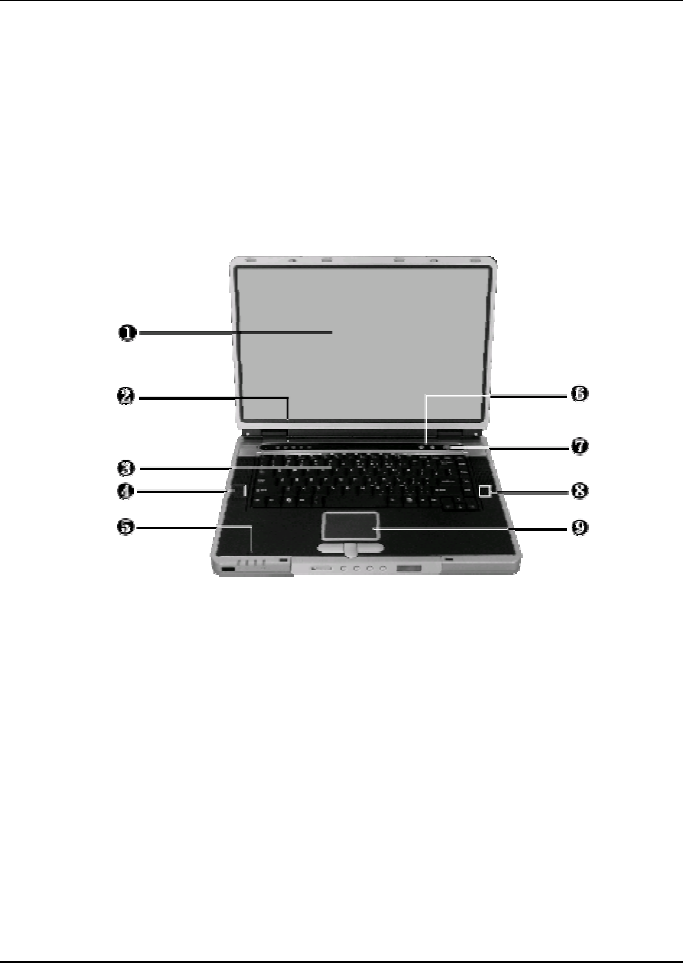
Notebook User Guide
20
1.3 The Inside of the Notebook
The notebook computer is compact with features on every side. First,
look at the inside of the system. The following sections describe inside
features.
1. Color LCD Display 2. Status LED Indicator
3. Keyboard 4. 8. Built-in Stereo Speakers
5. Power/Mail/Wireless LED 6. Easy Buttons
7. Power On/Resume Button 9. Touchpad Pointing Device
• Color LCD Display
The notebook computer comes with a color LCD that you can
adjust for a comfortable viewing position. The LCD can be 15.4"
wide screen TFT color LCD with 1280x800 WXGA (Wide
Extended Graphics Array) resolution panels. The features of the
Color LCD Display are summarized as follows:

Introduction1
21
➟ Wide screen TFT color LVDS with 15.4" 1280x800 WXGA
resolution panels.
➟ Capable of displaying 16M colors (32-bit true color) on the
panel.
➟ LCD display control hot-keys allows you to adjust the
brightness of the LCD.
➟ Simultaneous display capability for LCD and external desktop
computer monitor.
• Status LED Indicator
Keeps you informed of your notebook computer’s current operating
status. Description of the status icons appears in the latter part of
this section.
• Keyboard
➟ Standard QWERTY-key layout and full-sized 88 keys keyboard
with Windows system hot-keys, embedded numeric keypad, 5
hot keys, inverted "T" cursor arrow keys, and separate page
screen control keys.
➟ Wide extra space below the keyboard panel for your wrist or
palm to sit-on comfortably during typing.
• Built-in Stereo Speakers
Integrated left and right mini stereo speakers for sound and audio
output for your multimedia presentations or listening pleasure.
• Power/Mail/Wireless LED
Keeps you informed of your notebook computer’s current power
status, mail and Wireless LAN status. Descriptions of the status
icons appear in the latter part of this section.
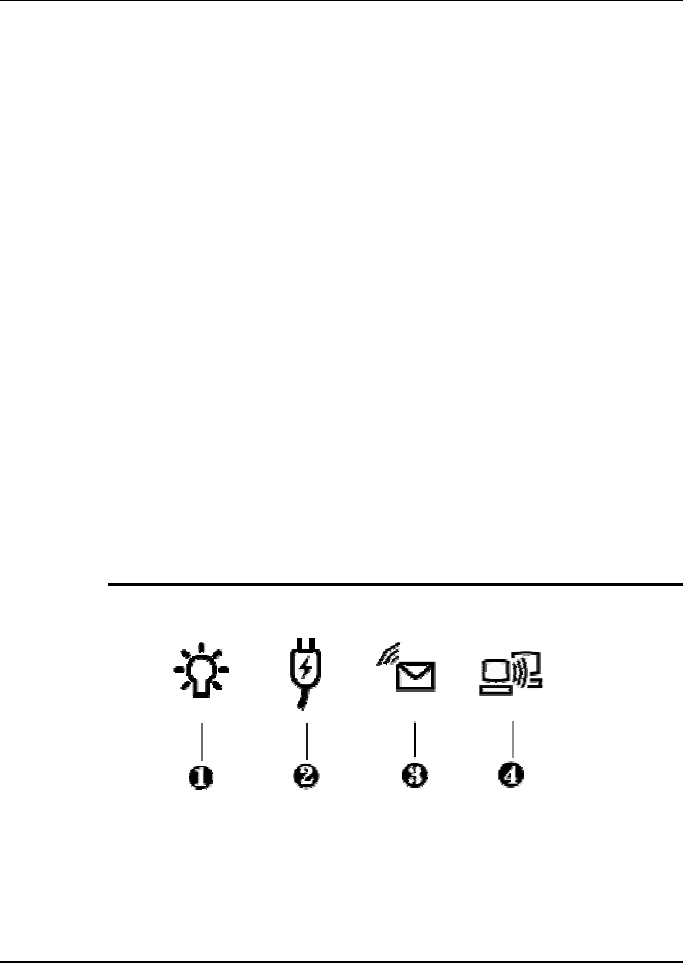
Notebook User Guide
22
• Easy Buttons
There are two easy buttons used for accessing Internet and e-mail
functions instantly and easily. Description of the easy buttons
appears in the latter part of this section.
• Power On/Resume Button
Switches the computer power on and off, or resumes whenever it is
in Suspend mode.
• Touchpad Pointing Device
Microsoft mouse compatible with one Scroll pad and two Touchpad
click buttons. These three buttons array below the Glide pad. The
right side is located with the Scroll pad that lets you execute the
scroll page function. The two click buttons located at each side
support tapping selection and dragging functions. These buttons
work like a standard computer mouse. Simply move your fingertip
over the Glide Pad to control the position of the cursor. Use the
selection buttons below the Glide Pad to select menu items.
POWER/WIRELESS LAN/MAIL STATUS ICONS
1. Power Indicator 2. Battery Charging LED
3. Mail LED 4. Wireless LAN Access

Introduction1
23
• Power Indicator
Lets you know that power to the system is turned on. This LED is
positioned so that you can see the power state whether the LCD
panel is opened or closed.
➟ Lights green when the system is powered on using the AC
adapter or battery.
➟ Lights green blinking when in Suspend to RAM.
➟ Lights orange when the battery power is low.
• Battery Charging LED
Lights to indicate battery in charging status.
➟ Lights orange to indicate that the battery is in charging.
➟ Lights off to indicate the battery is fully charged or no battery
installed.
• Mail LED
Lights blinking blue to indicate that a new mail is arrived.
• Wireless LAN access
Lights in blue to indicate that the wireless LAN module is installed.
When lights blinking blue indicate that the system is accessing or
retrieving data by wireless device.
The notebook computer uses status lights marked with icons to
communicate system status. See the following figure and list for each
icon’s meaning.
STATUS LED ICONS
The Status LED Panel keeps you informed of the notebook’s current
operating status. Each LED is marked with an icon to designate the
system status.

Notebook User Guide
24
1. Caps Lock 2. Scroll Lock
3. Num Lock 4. Drive Access
5. 4 in 1 flash Access
Status LED Icons
• Caps Lock
When LED in blue light indicates that the Caps Lock key on the
keyboard is activated. When activated, all alphabet keys typed in will
be in uppercase or capital letters.
• Scroll Lock
When LED in blue indicates that the Scroll Lock key on the
keyboard is activated. The Scroll Lock key has different functions
depending on the software you are using.
• Num Lock
When LED in blue light indicates that the Num Lock key on the
keyboard is activated. When activated, the embedded numeric
keypad will be enabled.
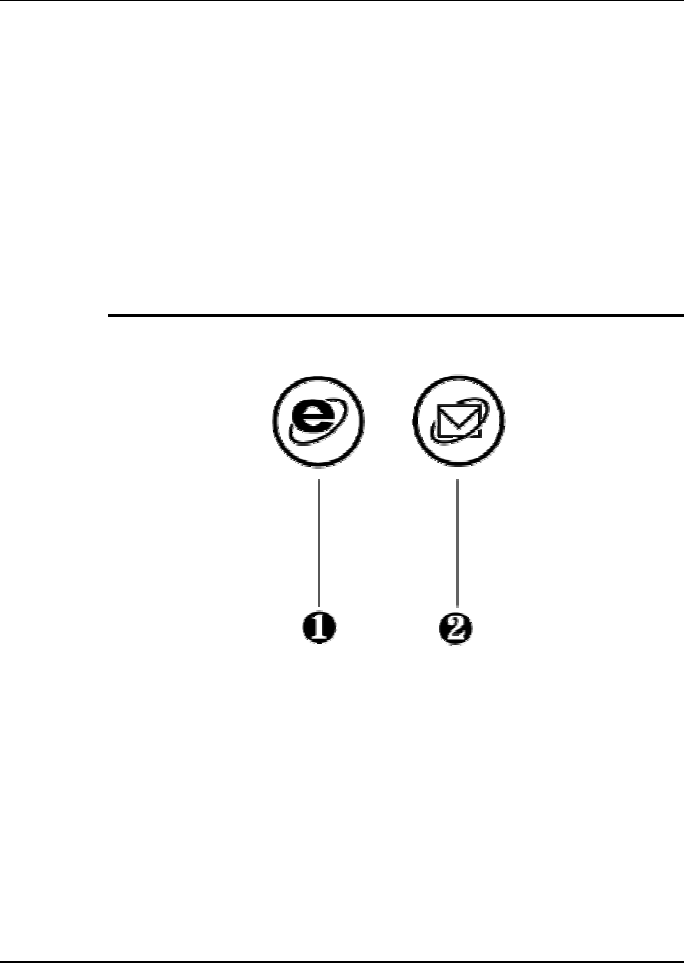
Introduction1
25
• Drive Access
When LED in blue light indicates that the system is accessing either
the Hard Disk or optical disk drive.
• 4 in 1 flash Access
When LED in blue light indicates that one of the flash card (SD,
MMC, Memory Stick, or SmartMedia card) is inserted into this slot
and recognized by this NB.
THE FUNCTION OF EASY BUTTONS
1. Internet Button 2. E-Mail Button
• Internet Button
This technology is designed specifically for providing a very
convenient way in connecting Internet only by pressing Internet
button as shown in the graphics. For more understanding and
interesting, you can refer Section 2.5 to recognize the driver
installation procedures in activating Internet button.
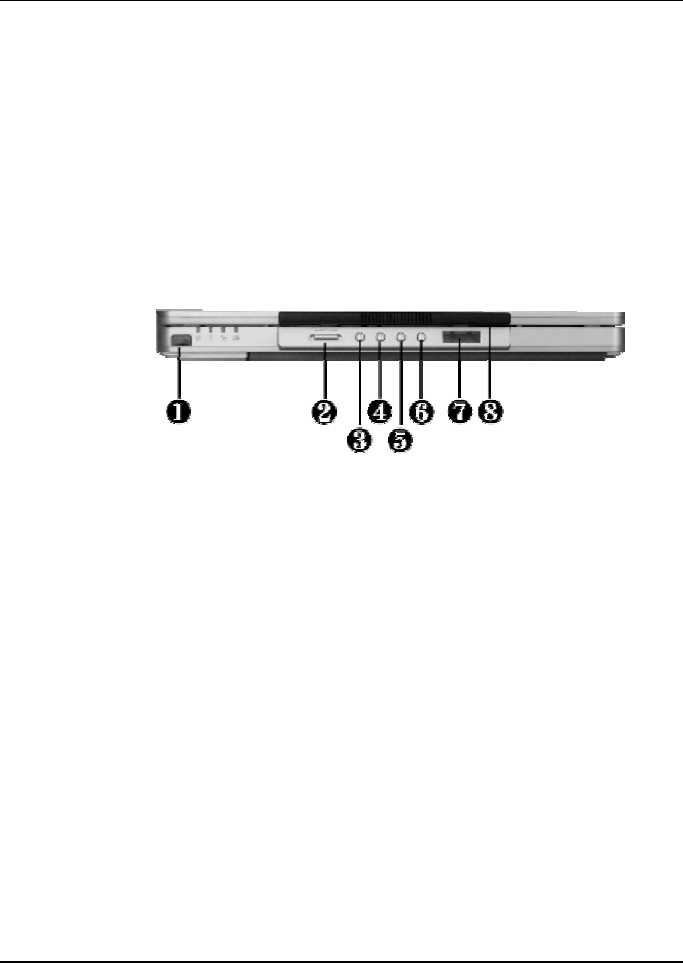
Notebook User Guide
26
• E-mail Button
This is the most convenient way to access the outlook
98/2000/2002... utility just by pressing this button. You can simplify
several procedures in entering into Outlook 98/2000/2002...
environment.
1.4 The Front Side of the Notebook
1. IR Port 2. Lock Switch
3. Stop Button 4. Rewind Button
5. Forward Button 6. Play/Pause Button
7. Audio DJ Display 8. Cover Switch
• IR Port
Wireless data/files transferring between your notebook computer
and an IR-equipped device or notebook computer. You can also
print to an IR-equipped printer without using cables.

Introduction1
27
• Lock Switch
This Lock Switch executes two functions as to power on/off the
Audio DJ CD player and to lock or unlock the Audio DJ status.
To power on or off the Audio DJ CD player, slide the switch left
aside and hold it for a moment.
To lock or unlock the status of your Audio DJ, slide the switch right
aside. When your Audio DJ is in locking status while the music is
playing, no matter what button is pressed, the music still continues to
play. The function of this switch is to prevent you from touching any
button accidentally.
• Stop Button
Press the button to stop the music.
• Rewind Button
Press the button for reverting to previous music. Press and hold this
button to fast rewind the audio CD.
• Forward Button
Press the button for playing the next music. Press and hold this
button to fast forward the audio CD.
• Play/Pause Button
Press the button to play or pause music.
• Audio DJ Display
The display shows the number of the music currently playing.
• Cover Switch
The cover (LCD panel) is locked when it is closed. Slide the button
right aside to release the latch for opening the cover of the
computer.
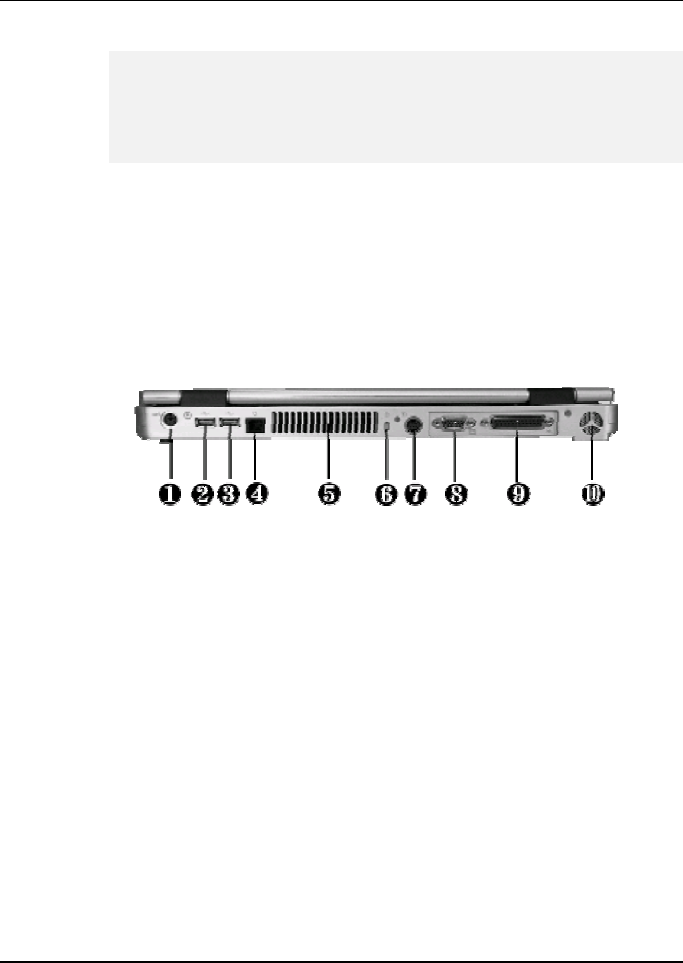
Notebook User Guide
28
☞
The function of Audio DJ is workable without power on the
Notebook. However, if you had started the Windows system, the
Audio DJ function is disabled. You need to operate the Windows
system for music listening.
1.5 The Rear Side of the Notebook
The system ports at the back of your notebook computer can connect
various devices (like a printer or external monitor). Each port is described
as followings.
1. PS/2 Port 2. USB Port
3. USB Port 4. Modem Port
5. Air-Outlet Vent 6. Locking Device Keyhole
7. TV Port 8. Monitor Port
9. Print Port 10. Air Inhalant
• PS/2 Port
Lets you connect an external PS/2-style mouse, PS/2-style
keyboard, or PS/2-style numeric keypad to the system. With an
optional Y-cable adapter, you also can connect any combination on
two of these

Introduction1
29
• USB Port
The Universal Serial Bus (USB) port allows you to connect up to 127
USB-equipped peripheral devices (for example, printers, scanners
and so on) to your notebook computer.
• Modem Port
A 56K internal fax/data modem is installed. It keeps you connected
to the outside world through networks.
• Air-Outlet Vent
Emits the heat out of your computer and keeps it within operating
temperature.
• Locking Device Keyhole
Lets you attach a Kensington security system or a compatible lock to
secure your notebook computer.
• TV Port
Lets you connect to the S-Video TV connector for presentation or
VCD, DVD watching.
• Monitor Port
Lets you attach an external monitor or projector for wider display.
You can run the LCD display and the external monitor
simultaneously or switch it to monitor only using the display hot-key.
• Print Port
Use this port to connect a parallel printer or other parallel device.
The parallel port supports EPP standard. The standard provides you
with a greater processing speed than the conventional parallel port.
The port also supports bi-directional and ECP protocols.
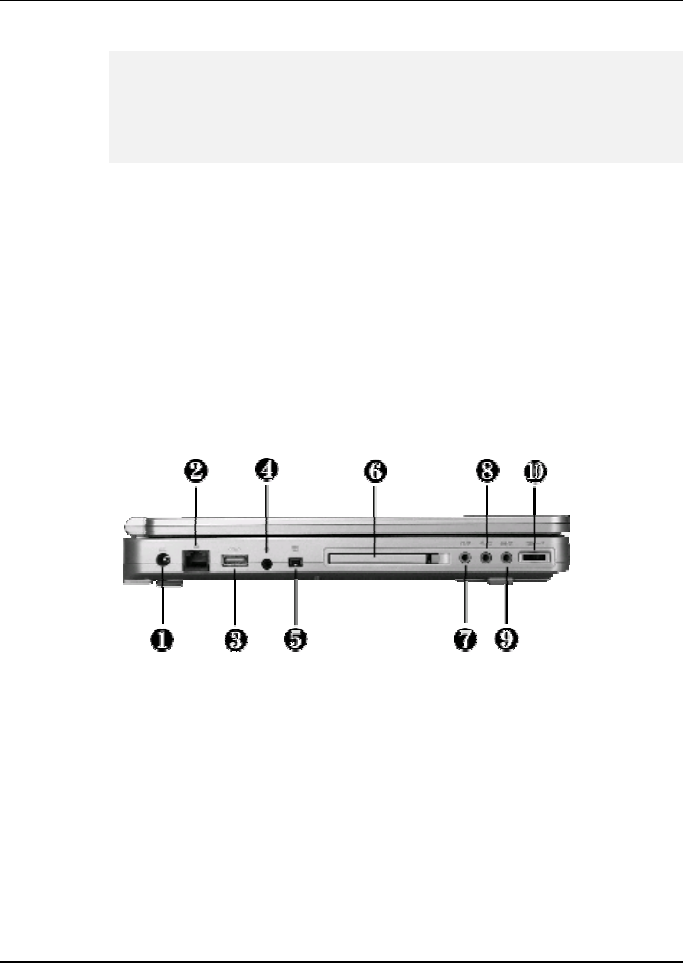
Notebook User Guide
30
☞
The default setting for the parallel port on your notebook computer is
set to EPP. Some older parallel devices may not function with the
ECP default setting. You may need to adjust the setting to
accommodate your parallel device by changing the BIOS setting.
• Air Inhalant
Inhale the air into your computer to keep it within operating
temperature.
1.6 The Left Side of the Notebook
The left side of your notebook computer provides the features shown in
the following figure.
1. DC Power Port 2. LAN Port
3. USB Port 4. SPDIF Port
5. IEEE 1394 6. PC Card Slot
7. Headphone Jack 8. Microphone Jack
9. Stereo Line-In Jack 10. Volume Control
Left Side Features

Introduction1
31
• DC Power Port
Lets you connect the AC power adapter in supplying continuous
power to your notebook and recharging the battery.
• LAN Port
An internal 10Base-T/100Base-TX LAN module connects your
computer to other computers/networks through a local area network
(LAN).
• USB Port
The Universal Serial Bus (USB) port allows you to connect up to 127
USB-equipped peripheral devices (for example, printers, scanners
and so on) to your notebook computer.
• SPDIF Port
The SPDIF port allows you to connect external audio device with
SPDIF port support. The SPDIF port transmits digitized audio
signal by optical fiber. The external audio amplifier can get the best
audio quality without loss. SPDIF cord can be available on local
electronic store.
• IEEE 1394
IEEE 1394 port is a high speed I/O port that can transfer high
levels of data in real-time, such as external hard disk, Digital Video
Camera.
• PC Card Slot
➟ Lets you connect various PC cards such as memory card
➟ Supports both 3V, 5V 32-bit CardBus and 16-bit PC cards.
• Headphone Jack
Lets you plug in a stereo headphone, powered speakers, or earphone
set with 1/8 inch phono plug for personal listening.
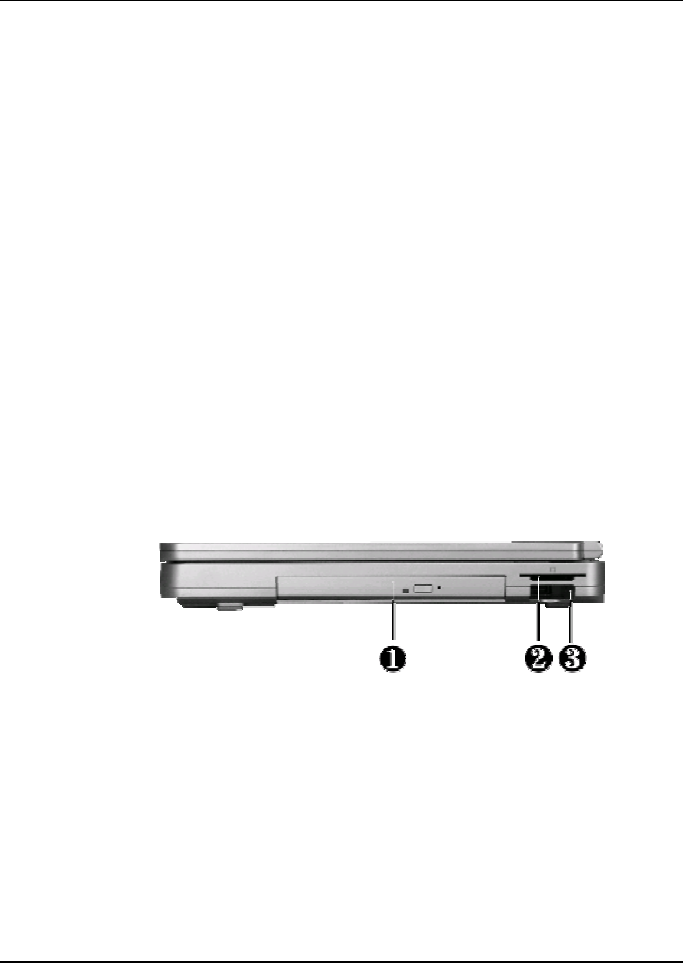
Notebook User Guide
32
• Microphone Jack
Allows you to connect an external microphone for monophonic
sound recording directly into your notebook computer.
• Stereo Line-In Jack
Lets you connect an external audio device such as CD player, a tape
deck, or a synthesizer as an input source. Use a cable to connect to
the Line-Out port on the other audio system to record or play on
this N/B.
• Volume Control
Allows you to control the speaker volume.
1.7 The Right Side of the Notebook
The right side of the notebook computer offers the features shown in the
following figure.
1. Optical Disk Drive 2. 4 in 1 card slot
3. U-Disk
Right Side Features
• Optical Disk Drive
Allows you to load and start programs from a compact disc (CD) or
a digital video disc (DVD) and play conventional audio CDs. It also
can make CD by using CD-R or CD-RW.
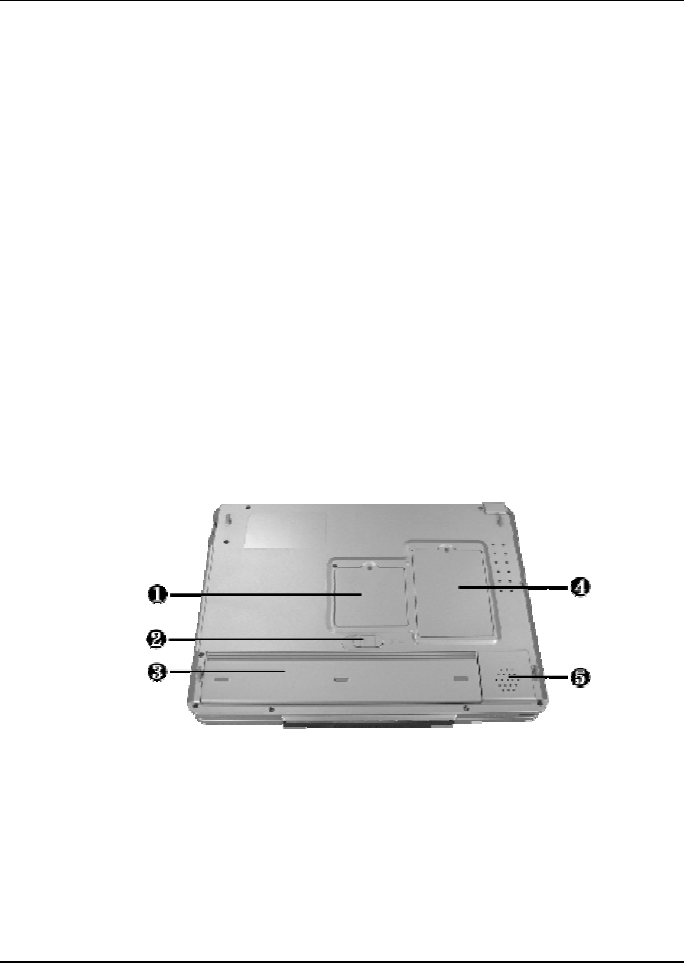
Introduction1
33
• 4 in 1 card slot
The card slot supports MMC, SD, SmartMedia and Memory Stick
flash memory card format. You can use either of the 4 types flash
memory cards for extra storage media. Please pay attention to
correct direction when you insert the flash memory card. For more
detail of flash card, you can refer to Chapter 3.9
• U-Disk
Allows you to insert a U-Disk into this slot. U-Disk is a storage
media that is made from flash memory. U-Disk can save digital data
and the data is accessed through the USB port.
1.8 The Underside of the Notebook
The bottom of the notebook computer offers the following features.
1. Wireless LAN Compartment
2. Battery Release Latch
3. Battery Bay
4. Memory and Modem Compartment
5. Woofer
Bottom of the System

Notebook User Guide
34
• Wireless LAN Compartment
This compartment is for installing Wireless LAN module to enable
the Wireless LAN function. It is BTO option and can be installed
only by certified dealer.
• Battery Release Latch
Push the latch to the left end to remove the battery pack.
• Battery Bay
Equipped with a choice of Lithium-Ion (Li-Ion) battery pack.
• Memory and Modem Compartment
Remove the screw to find two SO-DIMM memory slots and one
modem module. One memory slot is empty for upgrade usage.
• Woofer
This speaker produces heavy bass voice output for music listening.
1.9 Notebook Accessories
AC Adapter
The AC Adapter supplies external power to your notebook computer and
charges the internal battery pack simultaneously. The AC adapter has an
auto-switching design that can connect to any 100VAC ~ 240VAC power
outlets. You just change the power cord if you are going to use your
notebook in other countries with different connector outlets.
When you connect the AC adapter, it charges the battery whether or not
the notebook computer is powered on.

Introduction1
35
Battery Pack
Aside from the AC adapter, your computer can also be powered through
the internal battery pack. The battery pack uses rechargeable Lithium-Ion
(Li-Ion) battery cells that provide long computing hours when fully
charged and power management enabled. You should always leave the
battery inside your computer even when using the AC adapter as it also
acts as a back-up power supply in case power from the AC adapter is cut
off. It is also very important to have the battery pack always charged to
prevent battery cell degradation.
1.10 Notebook Options
CD-RW/DVD Combo Device Pack
This device pack can write data to CD-R or CD-RW CD for you to
backup the data and also can read DVD/CD title.
DVD+RW Device Pack
This device pack can write data to CD-R or CD-RW and DVD+R or
DVD+RW media for you to backup the data and also can read
DVD/CD title.

Notebook User Guide
36
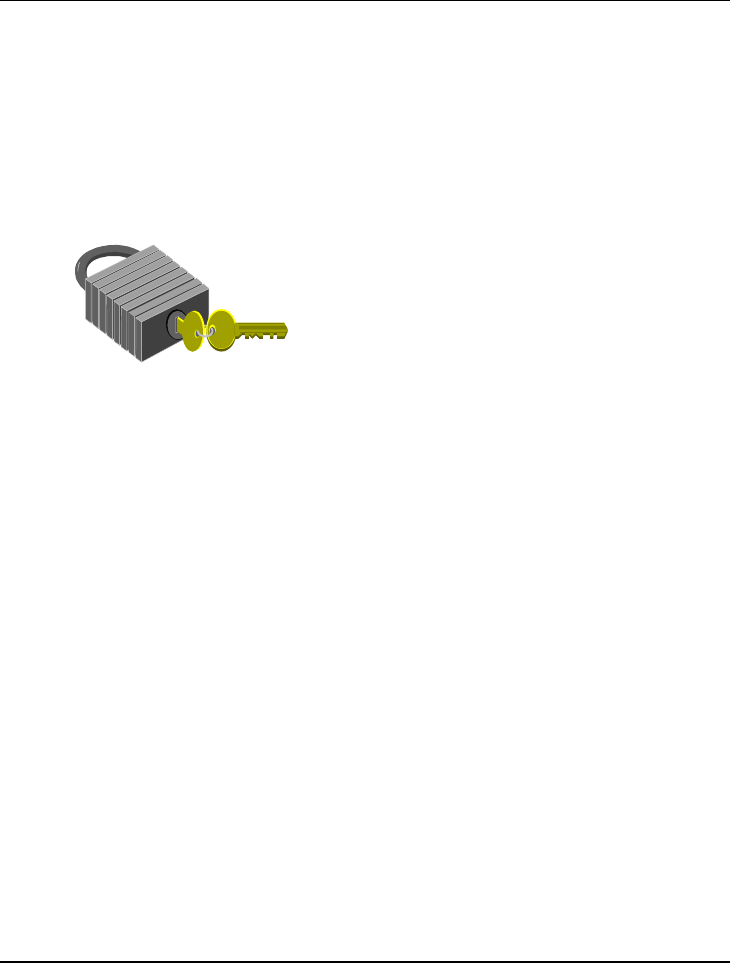
Getting Started 2
37
2 Getting Started
Your Notebook is designed and pre-configured for
easy setup and use. This chapter describes the
installation steps you should follow to get the
notebook up and running as quickly as possible.
Contact your dealer if they have pre-installed all the
needed drivers to fully operate your computer or if
there is an update on the driver installation of the
notebook.

Notebook User Guide
38
2.1 Using the Battery Pack
The notebook is designed to operate with one of the following power sources:
• With AC power using the AC adapter connected to an electrical outlet.
• With a Lithium-Ion (Li-Ion) battery pack.
You should use the AC adapter whenever it is possible, relying on the battery
pack only when AC power is unavailable.
Before you use your notebook computer, install and recharge the battery pack
first. The rechargeable Li-Ion battery pack allows you to operate the notebook
without an external power source. When you connect the AC power adapter,
the battery immediately starts to recharge.
For maximum battery performance, fully discharge the battery first before
recharging it when you start to use it first time. To do so, unplug the AC
adapter, turn off power management features (through Setup and Windows),
and turn on the system. Once the battery is fully discharged, plug in the AC
adapter and recharge the battery. You can also do it by using the Battery
Refresh function in BIOS setup manual that is described on chapter 6.6
If you do not discharge the battery completely, it fails to accept a full recharge.
☞
Li-Ion battery is vulnerable, do not charge it with other power adapter, or it
may cause fire or explosion.
☞
Please be sure to use the M4 series Li-Ion battery pack for this notebook
computer.
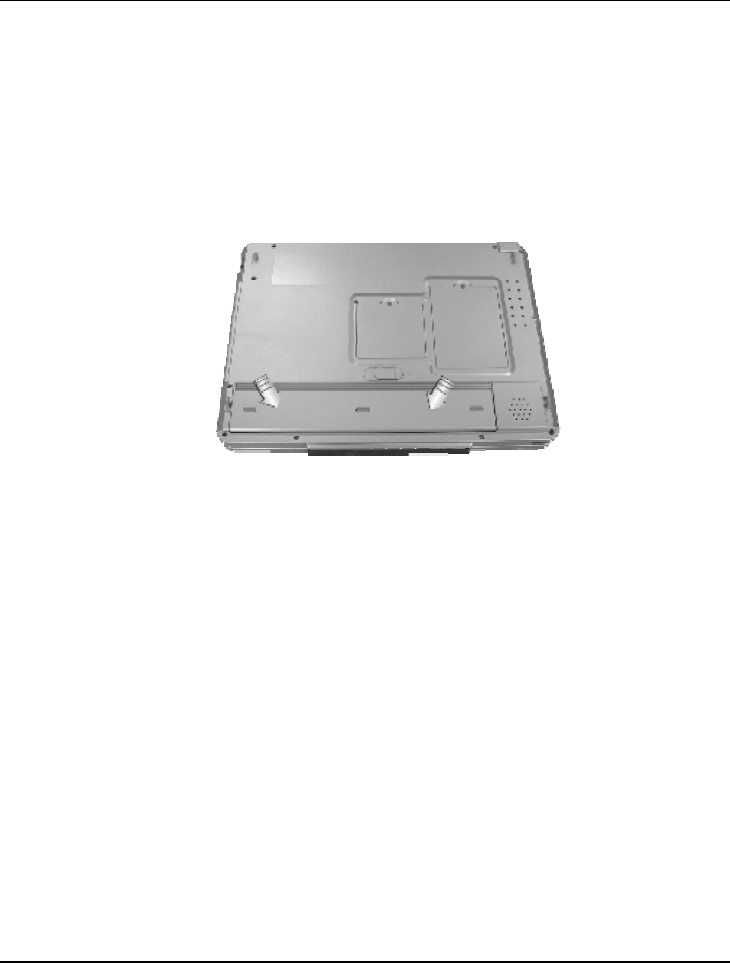
Getting Started 2
39
Installing the Battery Pack
This notebook provides the most convenient way to install the battery pack
into your computer. To install the battery, first orient the extended nose
directed toward the compartment, then following the sequence as shown in the
figure below.
Removing the Battery Pack
To remove the battery pack, slide the related latch and then take out the
battery pack with your finger as the sequence shown in the figure below.
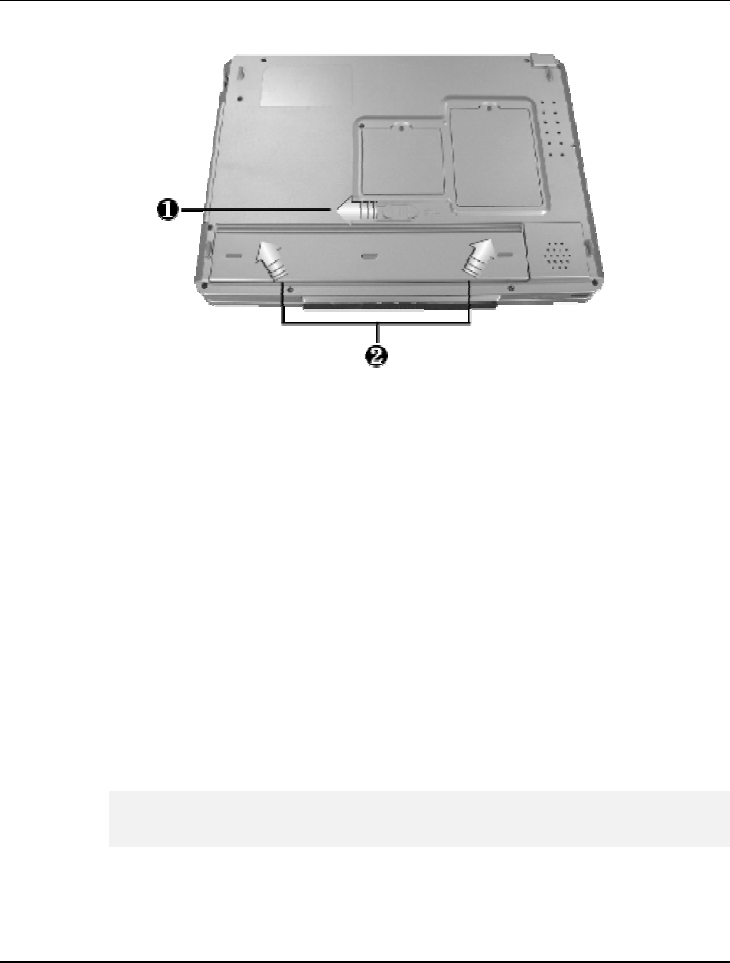
Notebook User Guide
40
Replacing the Battery Pack
When your notebook estimates that the battery only has enough charge to
continue for a few minutes, it will alert you with a battery low warning beep. If
you are consuming a lot of power by using the audio system, the PCMCIA
slots, the hard drives, and optical disk drive, your notebook might run out of
charge much sooner than you expect. You should always respond to the battery
low indication by connecting to AC power or turning off your notebook, or
suspending your notebook to disk. If you do not do so, the notebook will
automatically suspend to disk and turn off. The contents of the memory will
store in the hard disk drive. You will be unable to restart the notebook until
you have connected to the AC adapter or installed a charged battery. To
replace the battery pack, refer to the previous sections on "Installing the Battery
Pack" and "Removing the Battery Pack."
☞
Be sure to save your data before replacing the battery pack or connecting
the AC adapter. Failure to do so can result in data loss.